Choose Your 125 – Yamaha Mio i 125, Yamaha Mio Soul i 125 and Yamaha Mio 125 MXi

Just like in the automotive industry, we have seen a gradual but consistent shift in demand from manual transmission to automatic transmission in the local motorcycle market. Yamaha may have foreseen this phenomenon about a decade ago when they introduced the Mio scooter. Initially available in carburetor-equipped 115 cc variants, the Mio helped establish the Japanese manufacturer’s current dominant position in the automatic segment. When Yamaha incorporated YM-jet fuel injection system into their engines for improved fuel efficiency, they re-introduced the Mio in better-performing 125 cc options. To determine there are really significant differences among the variants, let us do a three-way comparison, shall we?
Mio i 125 (yellow)
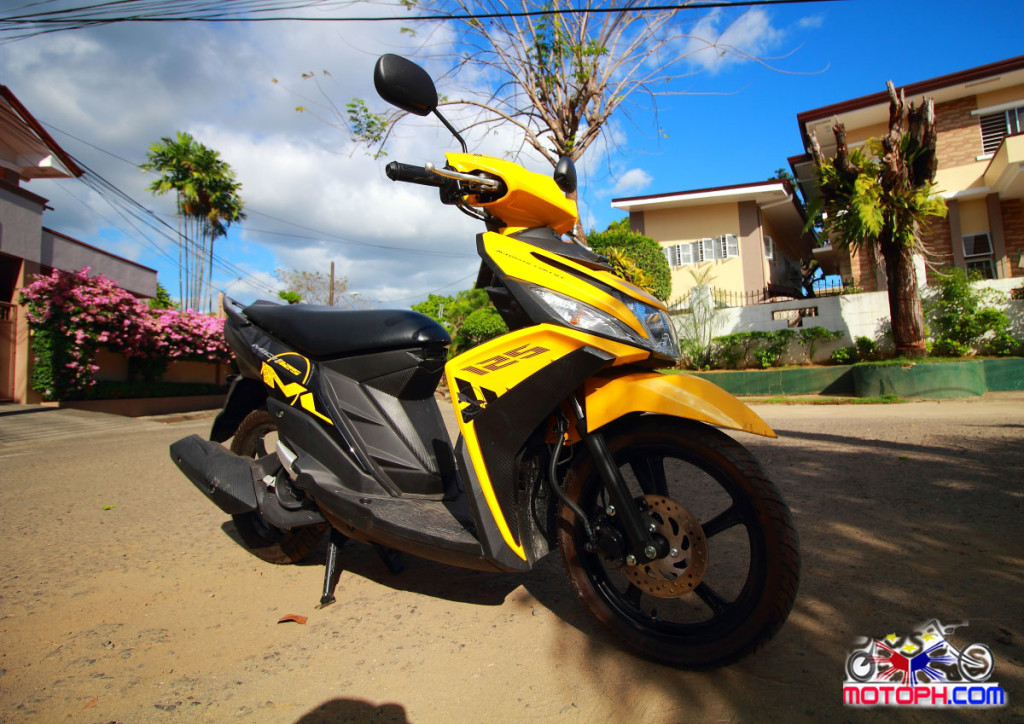 Weighing only 94 kilograms, it is the lightest among the three. Handling is quick and nimble, perfect for frequent jaunts around town. It is also the lightest on the pocket at P 69,900. The Mio i 125 is powered by a 125cc air-cooled Blue Core engine that claims to consume less fuel while giving maximum performance. It produces 7 kw @ 8000 rpm and 9.6 nm @ 5500 rpm. The Mio i 125 has excellent acceleration from stand still but it does struggle a bit upon reaching 60 kilometers per hour. Its Continuously Variable Transmission is quick to respond to throttle input, though it occasionally felt somewhat abrupt. Suspension is on the firm side but not to the point of discomfort. Intended for riders who like to keep things cool and trendy, the Mio i 125’s styling and color schemes are quite fresh and modern. It is also suitable for novice riders since it is very easy to operate. It even comes with an Eco light indicator on the instrument panel to help keep you within the economical rev range. Though it has an under seat storage where you can put an assortment of things, it will not store any kind of helmet. Mr. Cool and Trendy should be prepared to carry around his lid during window shopping.
Weighing only 94 kilograms, it is the lightest among the three. Handling is quick and nimble, perfect for frequent jaunts around town. It is also the lightest on the pocket at P 69,900. The Mio i 125 is powered by a 125cc air-cooled Blue Core engine that claims to consume less fuel while giving maximum performance. It produces 7 kw @ 8000 rpm and 9.6 nm @ 5500 rpm. The Mio i 125 has excellent acceleration from stand still but it does struggle a bit upon reaching 60 kilometers per hour. Its Continuously Variable Transmission is quick to respond to throttle input, though it occasionally felt somewhat abrupt. Suspension is on the firm side but not to the point of discomfort. Intended for riders who like to keep things cool and trendy, the Mio i 125’s styling and color schemes are quite fresh and modern. It is also suitable for novice riders since it is very easy to operate. It even comes with an Eco light indicator on the instrument panel to help keep you within the economical rev range. Though it has an under seat storage where you can put an assortment of things, it will not store any kind of helmet. Mr. Cool and Trendy should be prepared to carry around his lid during window shopping.
Mio Soul i 125 (black)
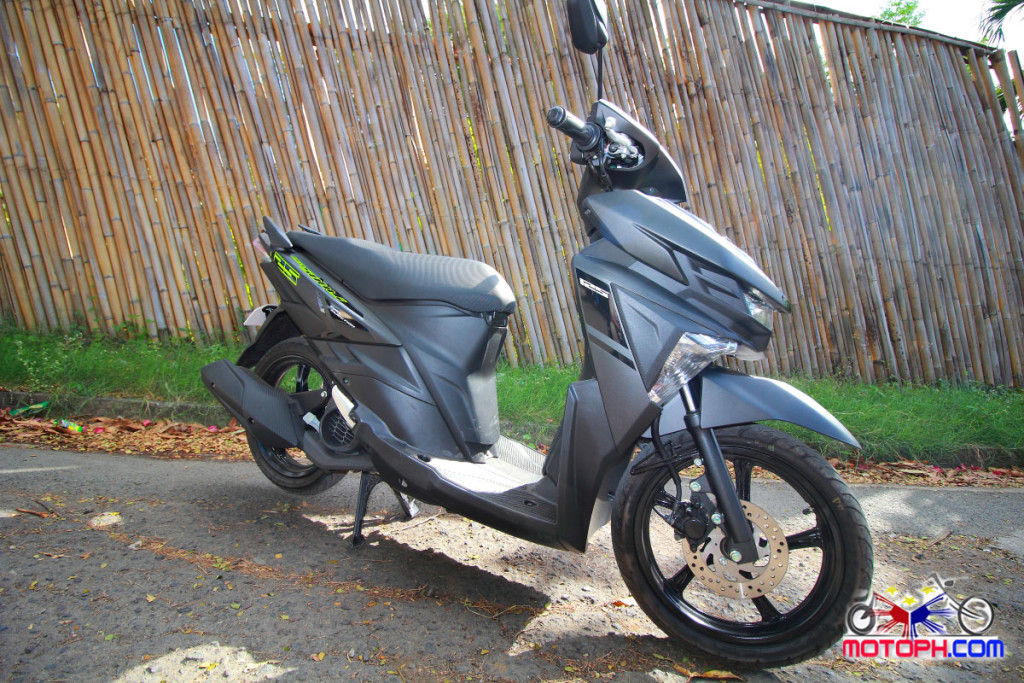 Positioned for riders who want to stand out, the Mio Soul i 125’s styling is bolder than its preppy twin. The bulbous front end will catch anyone’s attention right away. Aside from that, this Mio variant has some minor functional advantages over its sibling. The under seat compartment is bigger and has a more conventional shape. While it still won’t take any type of helmet, at least you get more cargo space. It also has a parking brake lock and a magnetic keyhole shutter but on this one, it is operated with a tiny button and not with the key. The Mio Soul i 125 is also already equipped an LED headlight. It has the same 14-inch cast wheels, 4.2-liter tank and air-cooled Blue Core engine but the Mio Soul i 125 is 2 kilograms heavier, adding more stability to the ride quality. The seat is wider and is made from softer materials, keeping your tush comfy on longer trips. This toughie might be a softie after all. With a price tag of P79,900, is worth the P10,000 difference? Yes, and it won’t matter much if you plan on purchasing through installment.
Positioned for riders who want to stand out, the Mio Soul i 125’s styling is bolder than its preppy twin. The bulbous front end will catch anyone’s attention right away. Aside from that, this Mio variant has some minor functional advantages over its sibling. The under seat compartment is bigger and has a more conventional shape. While it still won’t take any type of helmet, at least you get more cargo space. It also has a parking brake lock and a magnetic keyhole shutter but on this one, it is operated with a tiny button and not with the key. The Mio Soul i 125 is also already equipped an LED headlight. It has the same 14-inch cast wheels, 4.2-liter tank and air-cooled Blue Core engine but the Mio Soul i 125 is 2 kilograms heavier, adding more stability to the ride quality. The seat is wider and is made from softer materials, keeping your tush comfy on longer trips. This toughie might be a softie after all. With a price tag of P79,900, is worth the P10,000 difference? Yes, and it won’t matter much if you plan on purchasing through installment.
Mio 125 Mxi (orange)
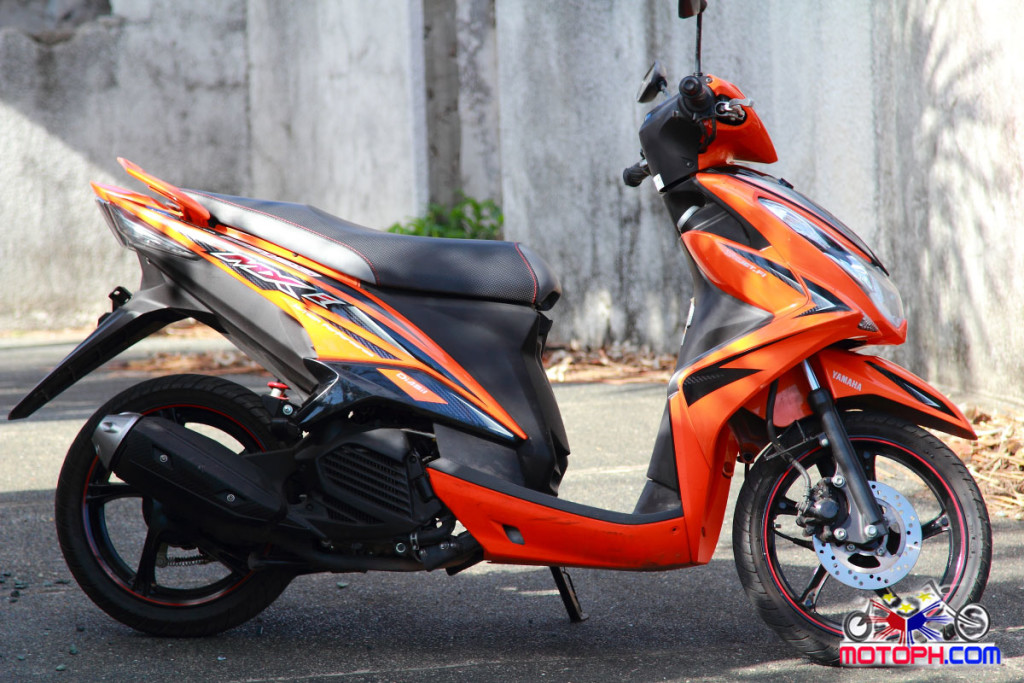 Increasing the compression ratio from 9.5:1 to 10.9:1, the Mio 125 Mxi is able to achieve 8.3 kw @ 8500 rpm and 10.4 nm @ 7000 rpm. Despite its rev-happy nature, throttle response is smooth and linear but be sure to never underestimate this one as its punch carries weight from bottom end to top end of the rev range. The scratches on the demo unit this writer has received suggest that a previous test rider had already misjudged the capabilities of the little pocket rocket.
Increasing the compression ratio from 9.5:1 to 10.9:1, the Mio 125 Mxi is able to achieve 8.3 kw @ 8500 rpm and 10.4 nm @ 7000 rpm. Despite its rev-happy nature, throttle response is smooth and linear but be sure to never underestimate this one as its punch carries weight from bottom end to top end of the rev range. The scratches on the demo unit this writer has received suggest that a previous test rider had already misjudged the capabilities of the little pocket rocket.
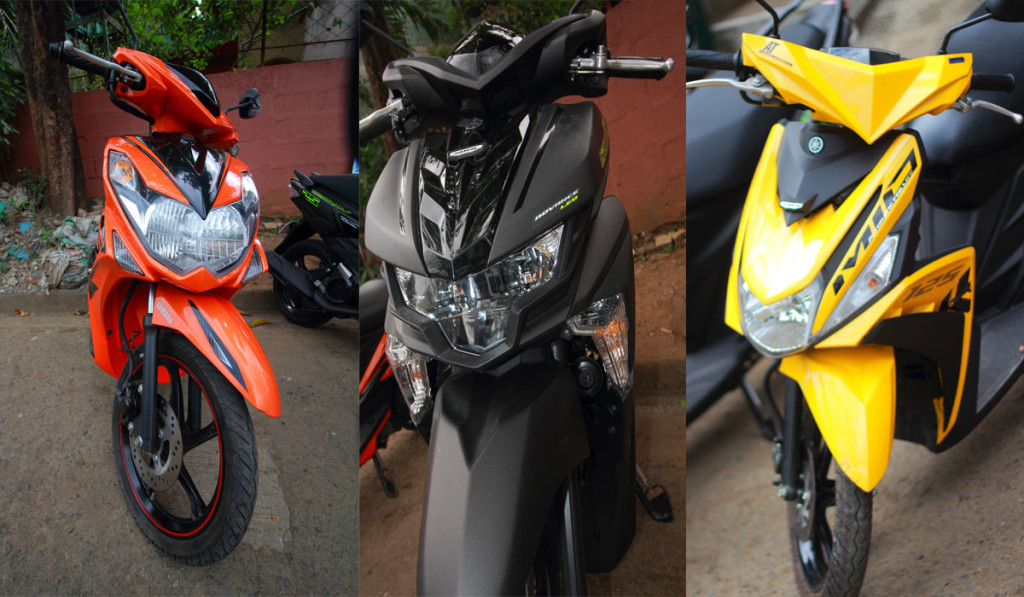
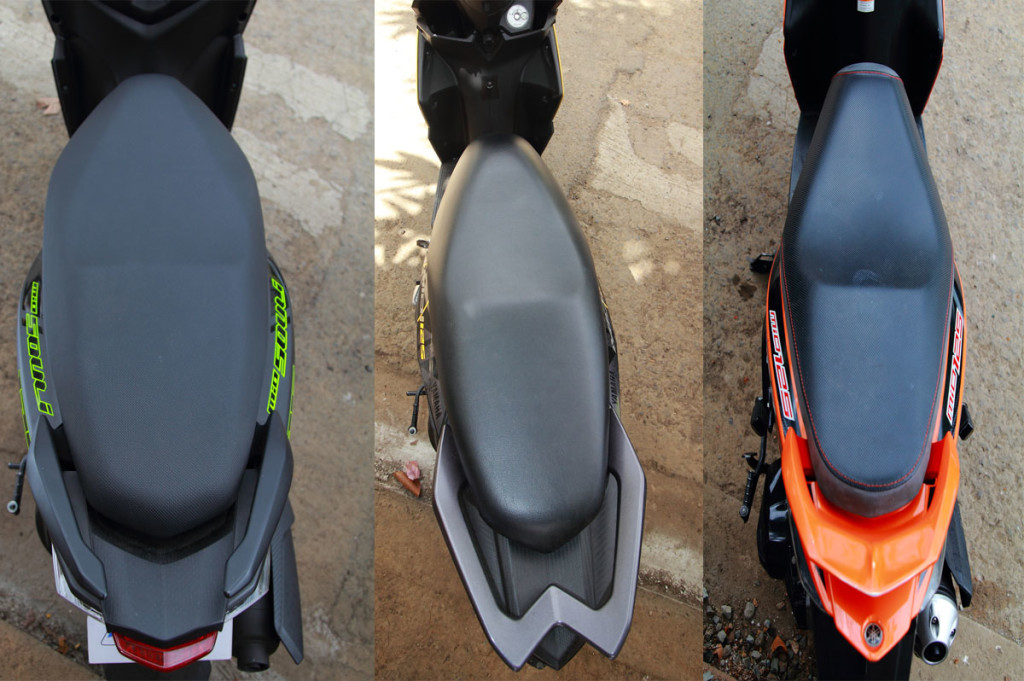 The Mio 125 Mxi is not equipped with the latest Blue Core technology but is has liquid-cooling system to protect the engine from high temperature caused by extended high rev operation. Even with the lesser tank capacity of 3.8 liters, it is still the heaviest of the three at 101 kilograms. A few kilograms may not seem much, unless it makes the scoot a little heavy on the top. Slowly navigating the Mio 125 Mxi through tight spots will occasionally require the aid of your foot in keeping it upright. While you can store an open-face helmet under the seat, the odd shape of the compartment limits the things you can put in. Since this model has been around the longest, I’m sure there is already a compatible after-market top box bracket available. With an SRP of P 86,900, though, the top box itself might have to wait until the next pay day.
The Mio 125 Mxi is not equipped with the latest Blue Core technology but is has liquid-cooling system to protect the engine from high temperature caused by extended high rev operation. Even with the lesser tank capacity of 3.8 liters, it is still the heaviest of the three at 101 kilograms. A few kilograms may not seem much, unless it makes the scoot a little heavy on the top. Slowly navigating the Mio 125 Mxi through tight spots will occasionally require the aid of your foot in keeping it upright. While you can store an open-face helmet under the seat, the odd shape of the compartment limits the things you can put in. Since this model has been around the longest, I’m sure there is already a compatible after-market top box bracket available. With an SRP of P 86,900, though, the top box itself might have to wait until the next pay day.
Yamaha currently has a campaign called “choose your 125” to market the scooters previously mentioned. If I had to choose my 125, I’d go for the Mio Soul i 125 not particularly because of its styling (though I fancy myself as a rebel rider) but because of its functionality. It has the most comfortable seat, a compartment with better capacity and LED headlights. The matte black finish not only adds character, it also mean I could have weeks in between washes and nobody will notice. To know more about the Yamaha Mio, visit www.yamaha-motor.com.ph




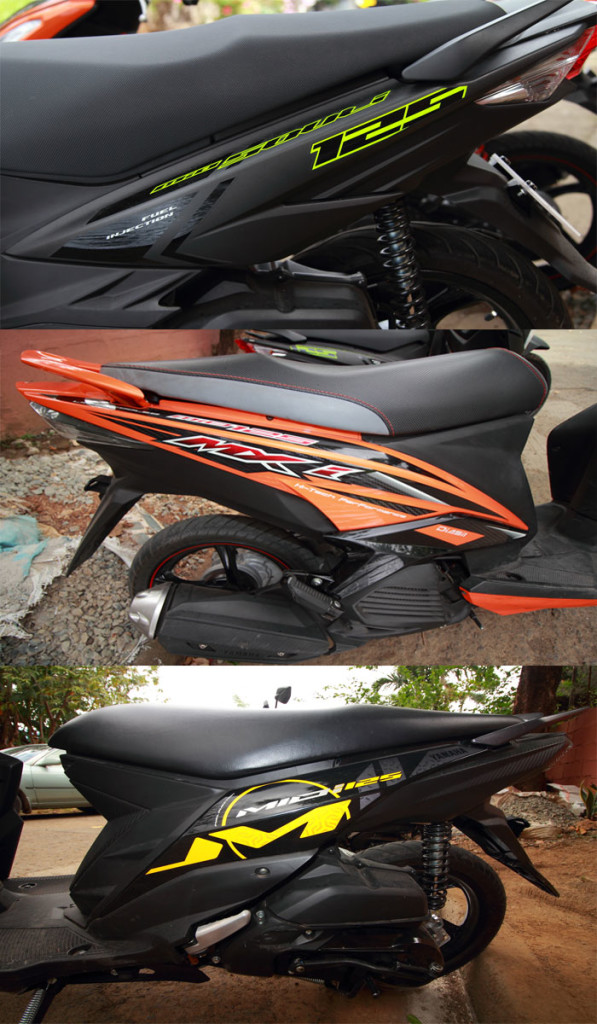


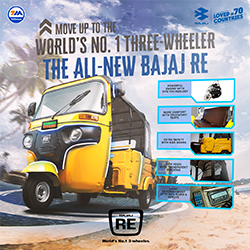

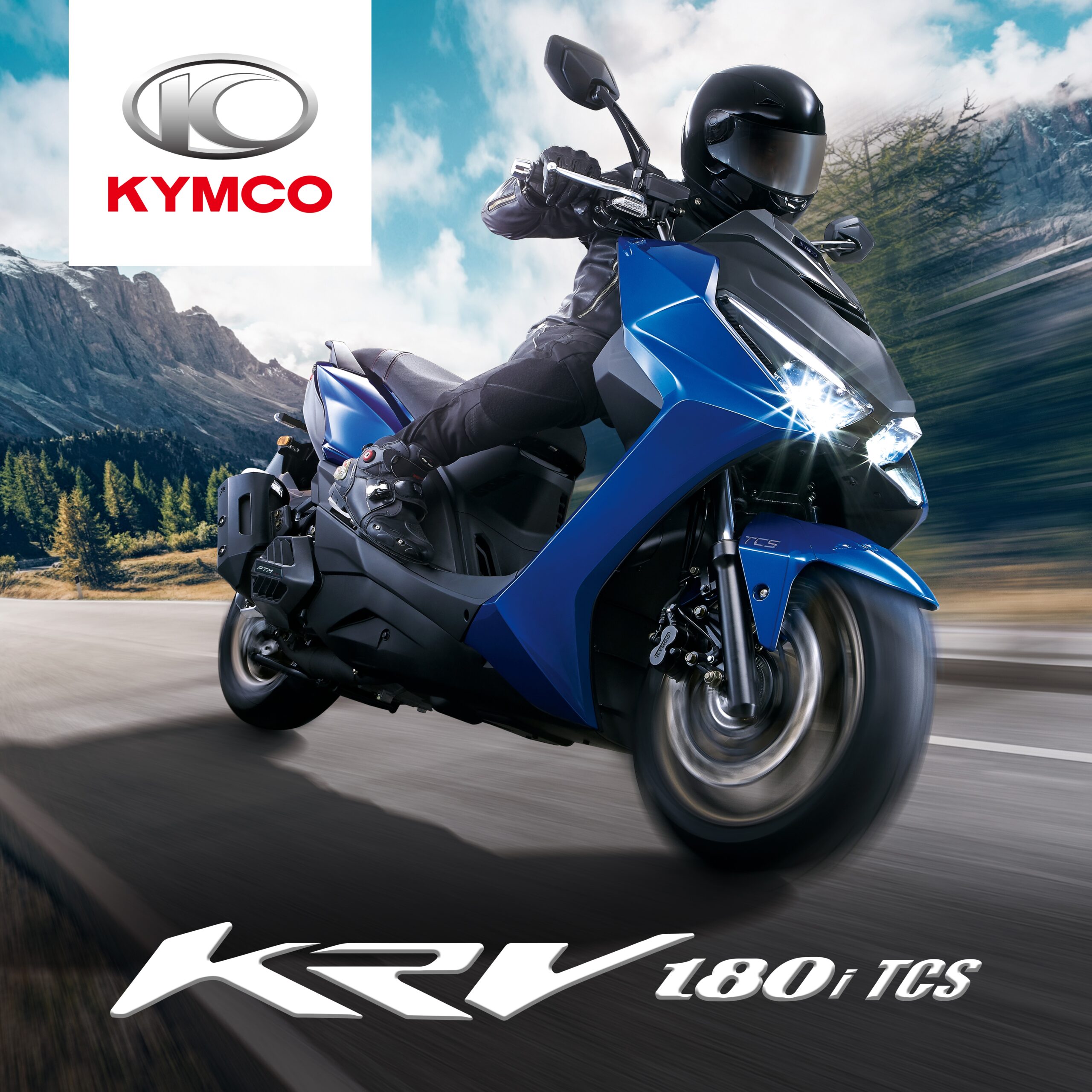
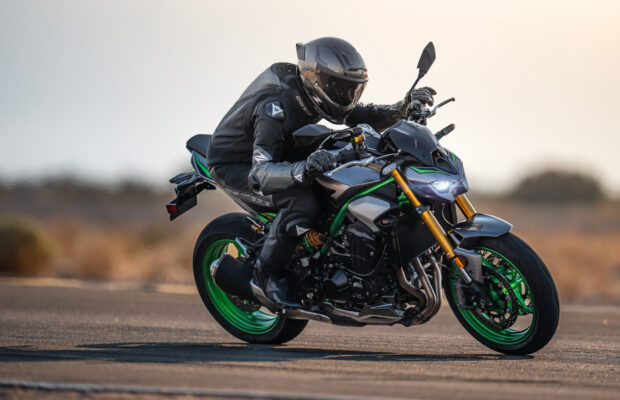
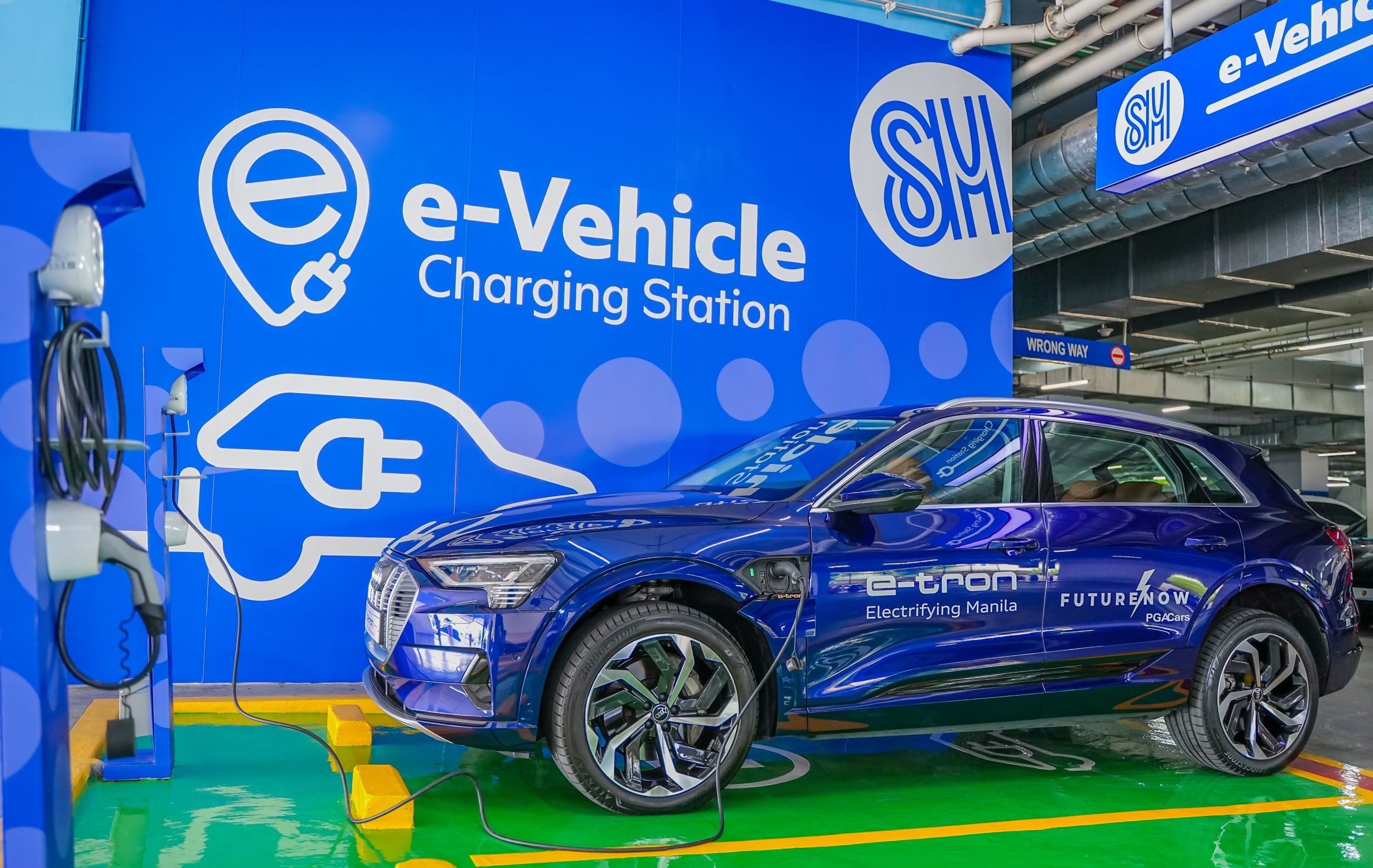



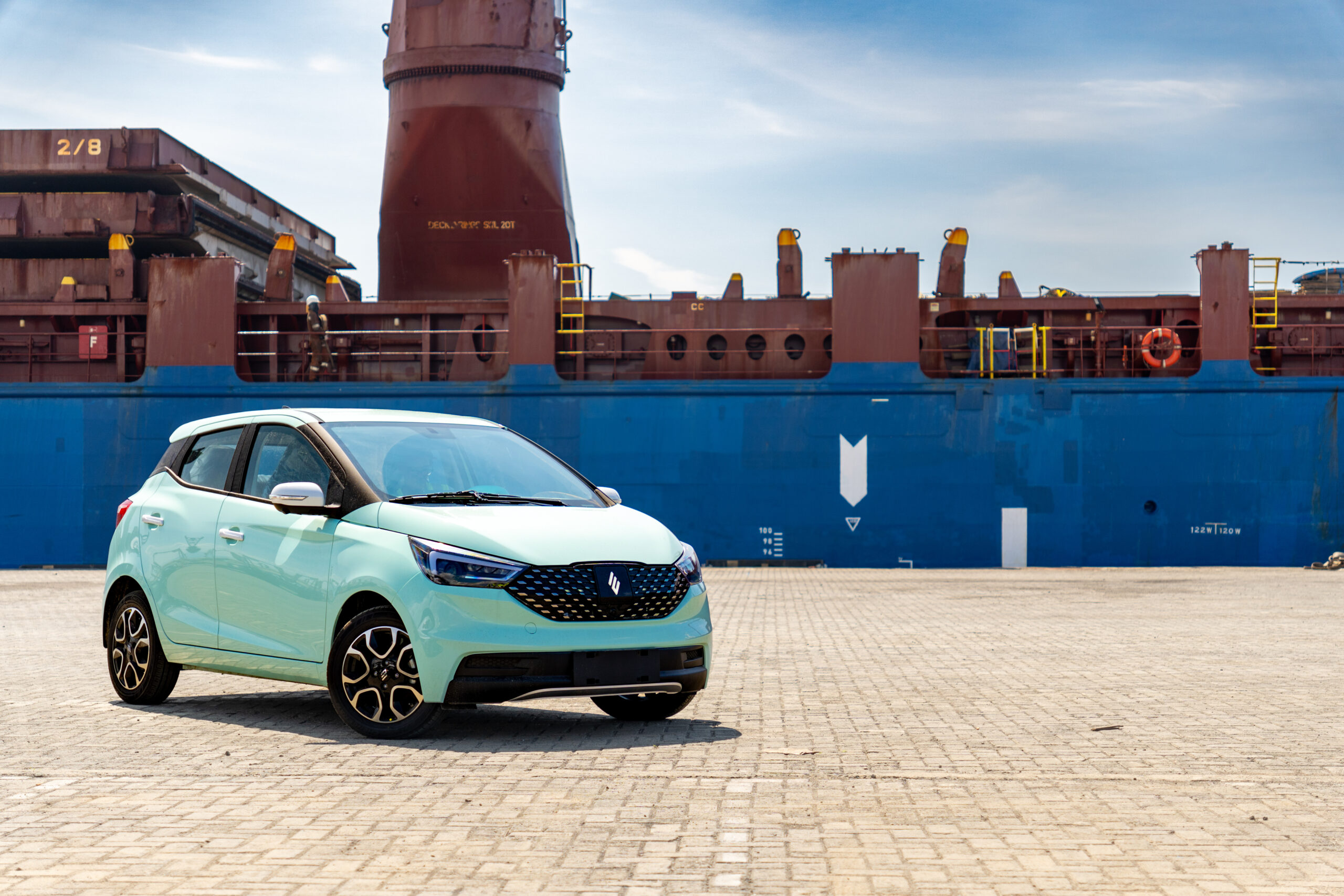









0 comments